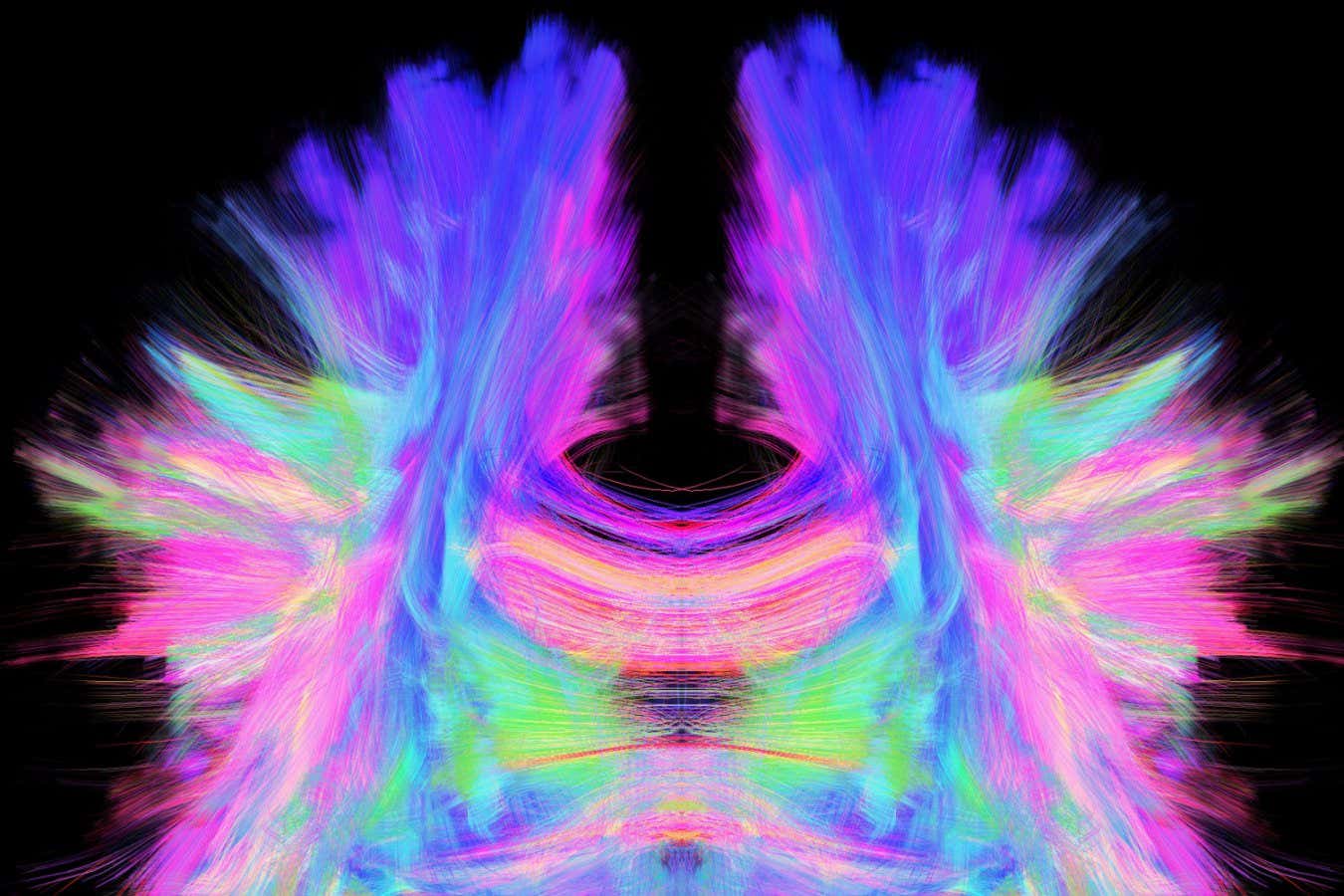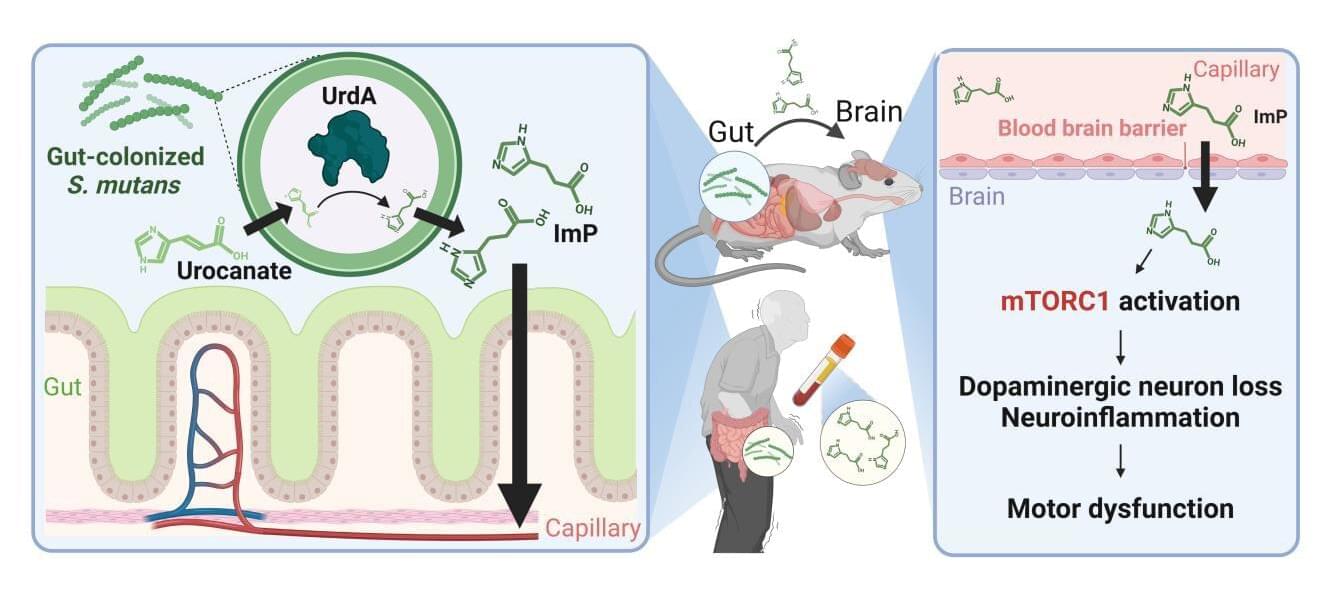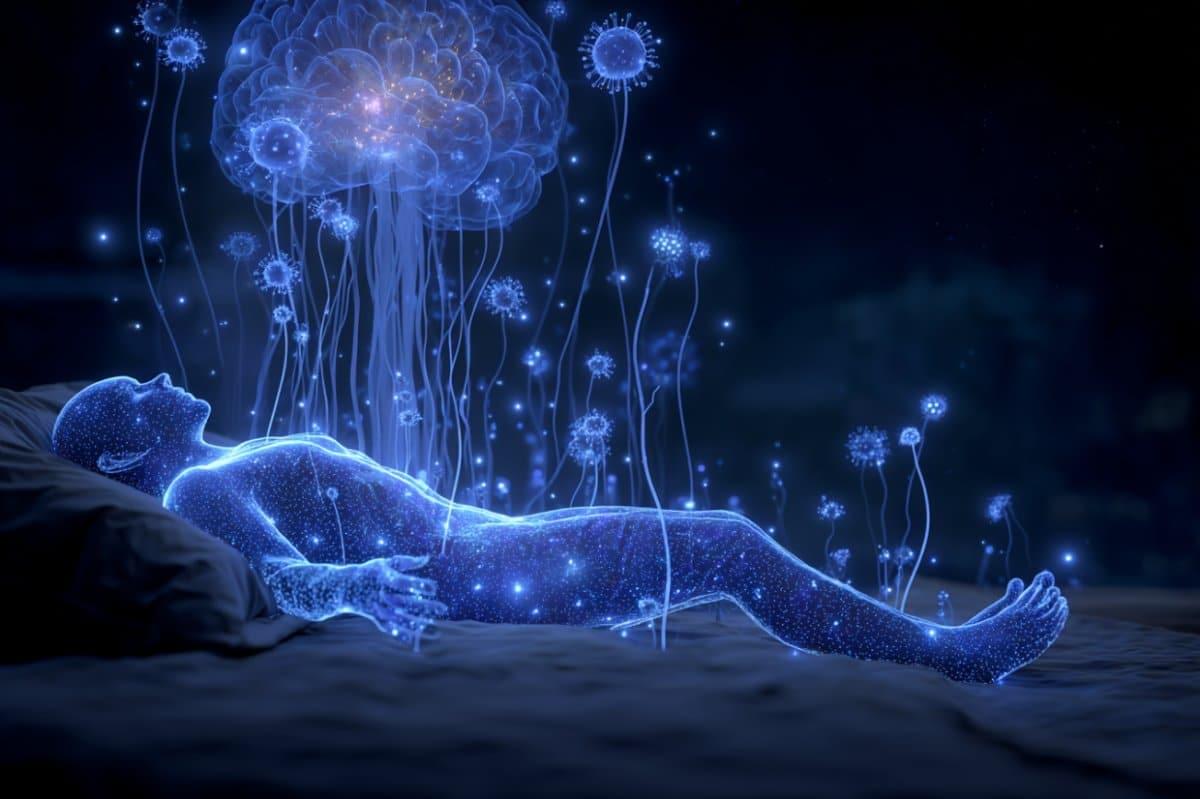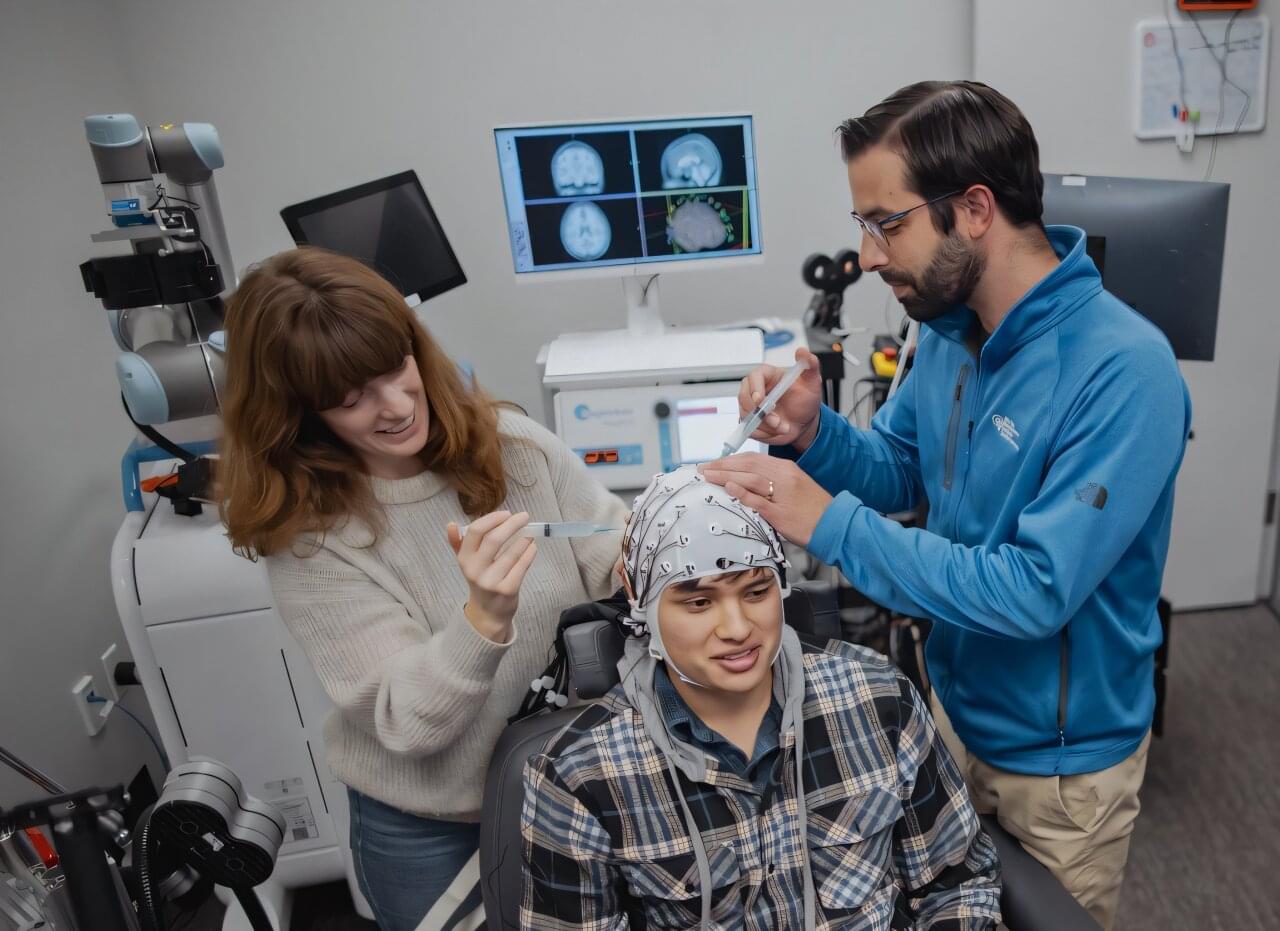Researchers in the United Kingdom say they have successfully trialed what could become the world’s first gene therapy for Huntington’s disease – a fatal neurodegenerative disorder that is typically inherited.
While the results of the clinical trial are not yet formally published or peer reviewed, principal investigator and neuroscientist Ed Wild from University College London says the gene therapy, called AMT-130, “changes everything.”
The highest dose can apparently slow disease progression by as much as 75 percent over three years. It also led to a significant reduction in a biomarker of neurodegeneration, found in cerebrospinal fluid, which usually increases with disease progression.









